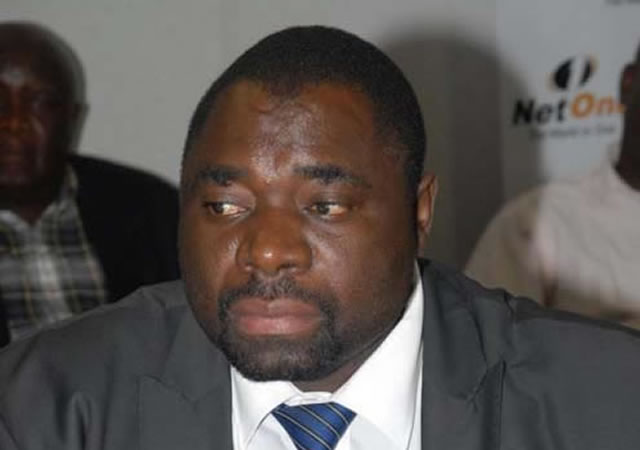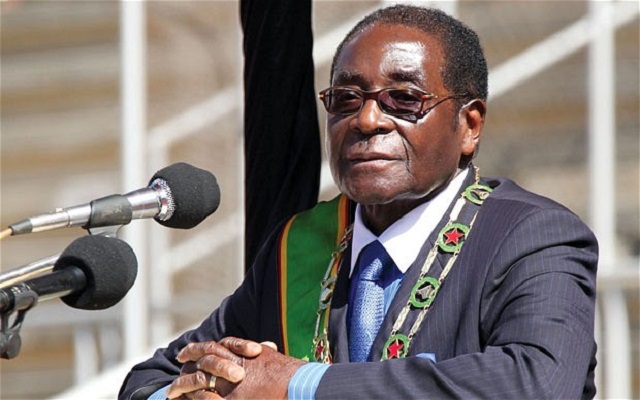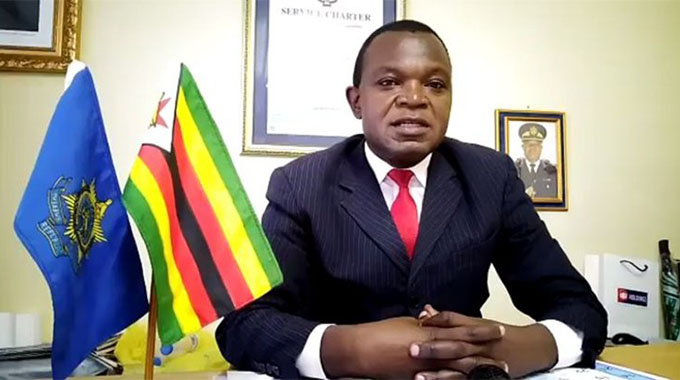Sadc makes strides in power cooperation

Joseph Ngwawi
Southern Africa has stepped up efforts to ensure electricity grids of all mainland countries are interconnected and that the regional power network taps into the East African network.
The Southern African Power Pool (SAPP) is making strides in ensuring that the power grids of all its 12-member states are interconnected to allow utilities in these countries to trade in electricity.
All mainland Sadc countries, with the exception of Angola, Malawi and the United Republic of Tanzania, are interconnected to the regional grid through SAPP, allowing them to trade in electricity.
New generation capacity installed in any of the three non-participating countries is, therefore, not accessible to the nine other members of SAPP — Botswana, Democratic Republic of Congo, Lesotho, Mozambique, Namibia, Swaziland, South Africa, Zambia and Zimbabwe.
SAPP has embarked on 10 transmission projects aimed at ensuring that all its members are interconnected by 2020 and that the regional grid is strengthened to facilitate greater power trading by 2024.
Priority power transmission projects include the construction of the ZiZaBoNa Interconnector Project linking Zimbabwe, Zambia, Botswana and Namibia, as well as the establishment of the Angola-Namibia interconnector that will connect the former to SAPP.
SAPP said in its monthly report for March 2017 that it has “secured funding from DBSA (Development Bank of Southern Africa), Government of Norway and Sida (Swedish International Development Cooperation Agency) for transaction advisory services for the project scoping and preparation of the Angola-Namibia Interconnector.”
It said South African engineering, project management and consulting firm Aurecon has now been appointed as transaction advisors.
The proposed interconnector involves the construction of power transmission lines from the proposed Baynes Hydropower Plant in Lower Kunene, Namibia, to link to the national power grid of Angola. This project involves the section in Angola.
The objective of the project is to evacuate power from the Baynes Hydropower Plant in Namibia to Angola and the SAPP grid.
Once completed, the new interconnectors are expected to promote regional power trade, enhance security of electricity supply and foster regional trade.
They are expected to decongest existing transmission corridors and provide another wheeling path that will fully integrate all mainland Sadc countries to the regional power grid.
To facilitate the interconnection between its power grid and that of the Eastern Africa Power Pool (EAPP), SAPP is in the process of commissioning studies to assess the technical impact of connecting the EAPP and SAPP.
EAPP is made up of seven countries in eastern Africa and central Africa — Burundi, DRC, Egypt, Ethiopia, Kenya, Rwanda and Sudan. Its secretariat is based in Ethiopia.
SAPP Coordination Centre acting manager Alison Chikova told the recent Southern African Development Community (Sadc) Energy Thematic Group meeting in Botswana in March that the SAPP-EAPP Transmission Integration Studies will also assess the stability of connecting the EAPP and SAPP trading mechanisms.
SAPP operates number of power trading platforms such as the Day Ahead Market (DAM) and the Intra-Day Market (IDM).
DAM is an auction-type market that allows power utilities in the SAPP to weigh their options and ensure that they buy from the market when it is cheaper to get power than to generate.
This helps SAPP members to bid on and sell electricity a day before transactions are made. The IDM came into force in 2016 with the aim of offering the utilities more flexibility in terms of the availability of trading options.
This trading platform offers monthly, weekly and hourly trading options in addition to the day ahead option.
Chikova said funding for the SAPP-EAPP Transmission Studies has been secured from the World Bank and that contract negotiations have been completed between the two power pools.
The studies are expected to take 12 months to complete. — sardc.net










Comments